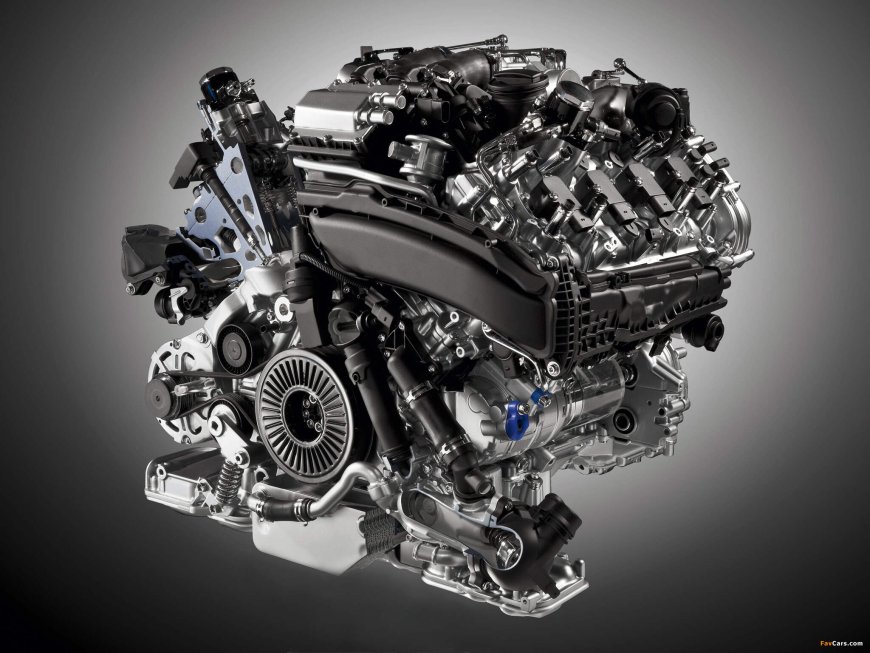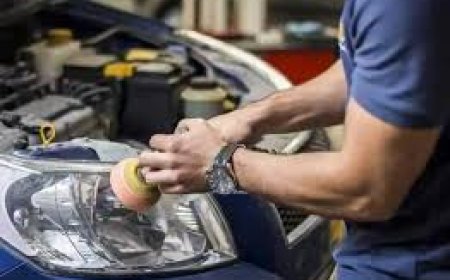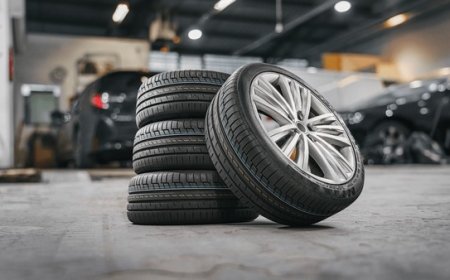2016 Kia Sedona Engine – Specs, Reliability, and Replacement Tips
Learn everything about the 2016 Kia Sedona engine—specs, reliability, common problems, and where to buy affordable replacement engines. Ideal for buyers and mechanics.

Introduction
The 2016 Kia Sedona engine plays a key role in what makes this minivan a solid, family-friendly option. Known for its smooth performance, impressive safety ratings, and comfortable ride, the 2016 Sedona holds up well in todays market. But as with any vehicle nearing a decade old, engine issues can arise over time.
Whether you're considering buying a used Sedona, need to replace a failing engine, or just want to learn more about its specs and reliability, this guide has everything you need to know about the 2016 Kia Sedona engine.
Overview of the 2016 Kia Sedona Engine
The 2016 Kia Sedona is equipped with a 3.3-liter V6 gasoline engine across all trimsL, LX, EX, SX, and SXL. It offers a blend of power and efficiency that competes well in the minivan segment.
Key Engine Specs:
-
Engine Type: 3.3L V6 DOHC 24-valve
-
Horsepower: 276 hp @ 6,000 rpm
-
Torque: 248 lb-ft @ 5,200 rpm
-
Fuel Injection: Gasoline Direct Injection (GDI)
-
Transmission: 6-speed automatic
-
Fuel Economy: Approx. 18 mpg city / 24 mpg highway
This engine is part of Hyundai-Kias Lambda II engine family, known for providing decent reliability and solid performance for both sedans and minivans.
Common Issues with the 2016 Kia Sedona Engine
While many 2016 Sedonas run for well over 150,000 miles with regular maintenance, some owners have reported issues that you should be aware ofespecially if youre in the market for a used one or considering an engine replacement.
1. Carbon Buildup (GDI engines)
Because the 2016 Kia Sedona uses a Gasoline Direct Injection system, carbon deposits can build up on the intake valves over time, leading to rough idle or reduced fuel efficiency.
Solution: Walnut blasting every 60,00080,000 miles or using a catch can.
2. Timing Chain Wear
Though less common than in older timing belt engines, timing chain tensioners in some Sedonas can stretch or fail, leading to rattling noises and poor performance.
Solution: Early detection and replacement prevent further damage.
3. Oil Leaks
Some owners have noted minor oil leaks around the valve cover gasket and oil pan after 100,000 miles.
Solution: Regular inspection and affordable gasket replacements can prevent more serious issues.
Signs You May Need a Replacement Engine
If your 2016 Sedona is showing these symptoms, it might be time to consider an engine replacement:
-
Knocking or tapping sounds from the engine
-
Excessive smoke from the exhaust
-
Poor acceleration and loss of power
-
Frequent overheating despite coolant levels
-
Metal shavings in the oil
In some cases, its more cost-effective to replace the engine than to repair internal damage.
Buying a Replacement 2016 Kia Sedona Engine
Looking for a 2016 Kia Sedona engine for sale? Here's what you need to know before buying:
Engine Compatibility
Ensure that you're buying the G6DH 3.3L V6 engine, which is the correct engine code for the 2016 Sedona. Check your VIN and match engine specs.
Used vs. Remanufactured Engines
|
Type |
Pros |
Cons |
|
Used Engine |
Affordable, quick to source |
Unknown wear, shorter warranty |
|
Remanufactured Engine |
Like-new condition, longer warranty |
Higher cost, longer lead time |
If you're on a budget, a low-mileage used engine is a good option. But if you want long-term peace of mind, a remanufactured engine is worth the investment.
Where to Buy
You can find replacement 2016 Kia Sedona engines from:
-
Reputable Online Retailers (like Turbo Auto Parts or Car-Part.com)
-
Certified Salvage Yards
-
eBay Motors (only with verified sellers and warranties)
-
Local Mechanics or Engine Rebuilders
Maintenance Tips to Extend Engine Life
Whether youre installing a new engine or keeping your current one running smoothly, here are some maintenance tips specific to the 2016 Kia Sedona engine:
1. Change Oil Frequently
Use full synthetic oil and change every 5,0007,500 miles. GDI engines are sensitive to oil sludge buildup.
2. Use Top Tier Fuel
Higher-quality gasoline can reduce carbon buildup and improve combustion efficiency.
3. Check Coolant and Thermostat
This engine is prone to overheating if the thermostat fails. Keep coolant levels optimal and flush the system every 60,000 miles.
4. Clean the Throttle Body
A dirty throttle body can lead to poor idle and engine hesitation. Clean it during major services.
Engine Swap Considerations
Swapping in a different engine (like from a different Kia model) is technically possible, but not advisable for most people. The 2016 Sedonas 3.3L V6 is tightly integrated with the vehicles ECU, transmission, and emission controls.
If you're set on doing a swap for performance or budget reasons, work with a mechanic experienced in Hyundai-Kia platforms and engine wiring.
Final Thoughts
The 2016 Kia Sedona engine is a reliable workhorse that delivers power, comfort, and decent fuel efficiency. Whether you're maintaining your current engine or replacing it with a new or used one, understanding the specs, common issues, and replacement costs can save you time and money.
With proper care, the 3.3L V6 in the 2016 Sedona can easily run for 200,000 miles or more. And if you're shopping for a replacement, there's a healthy supply of used and remanufactured engines availablejust be sure to buy from a trusted source and confirm compatibility.























